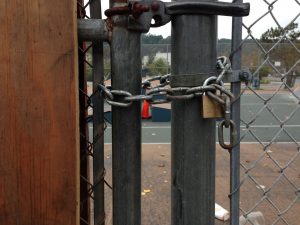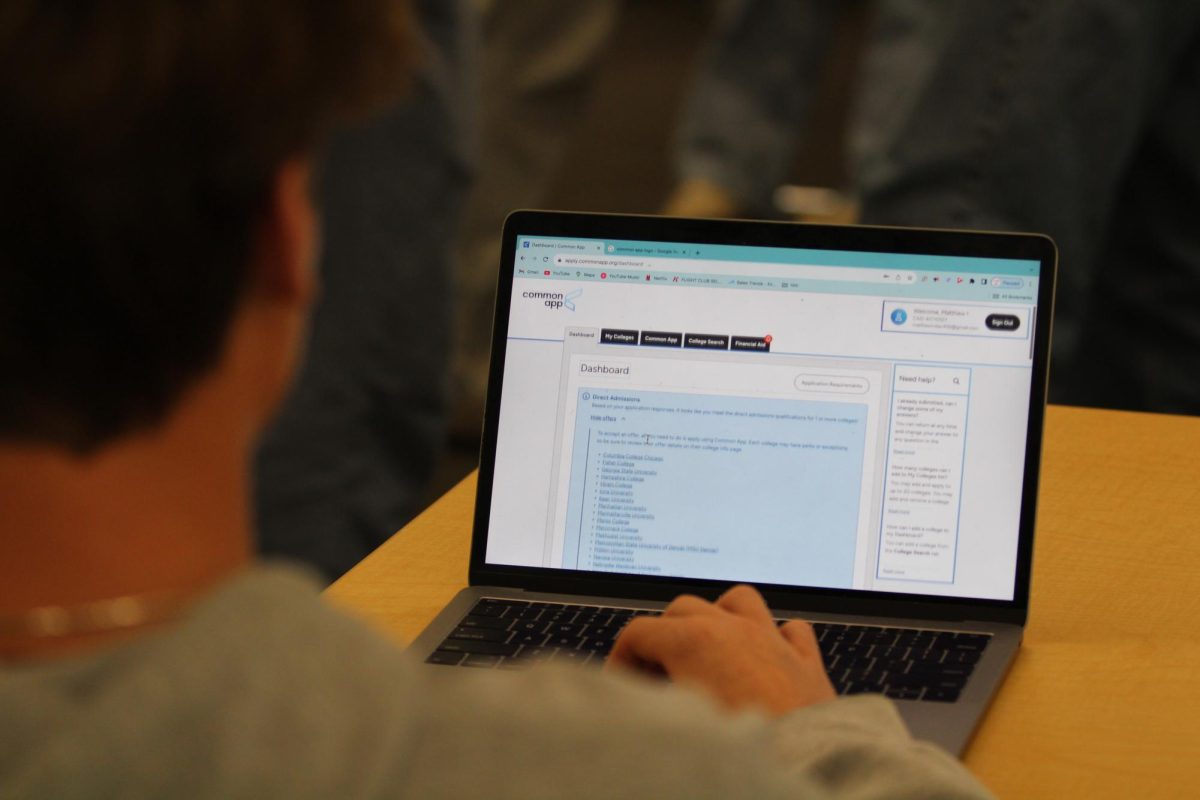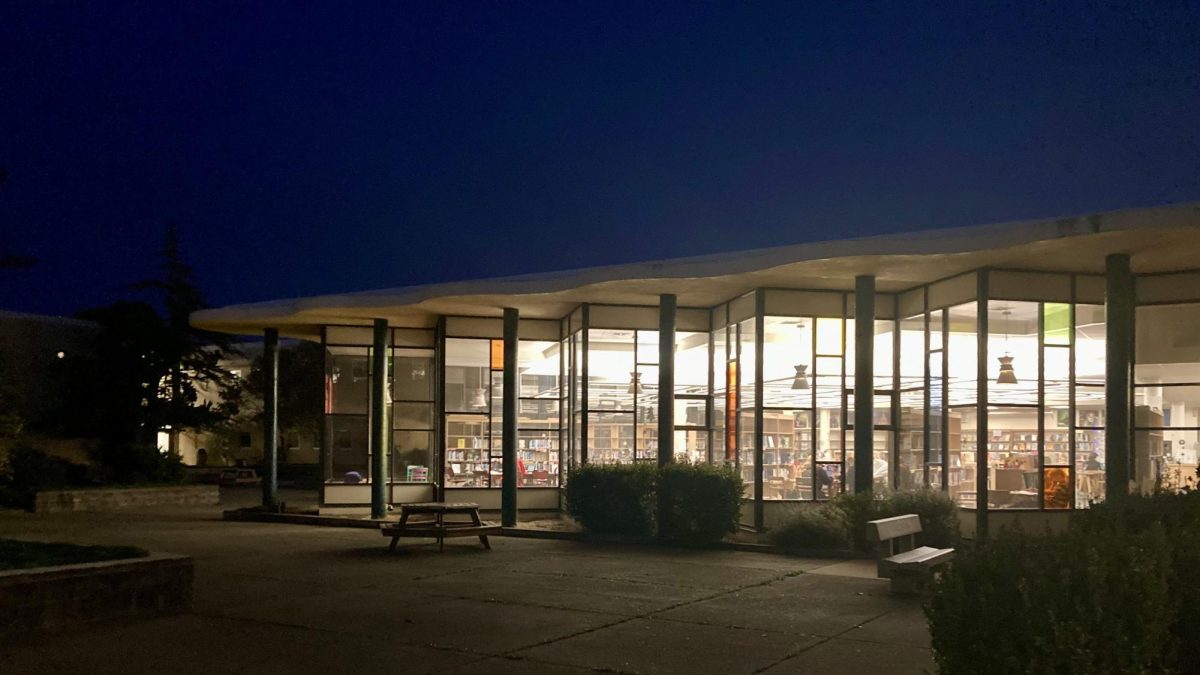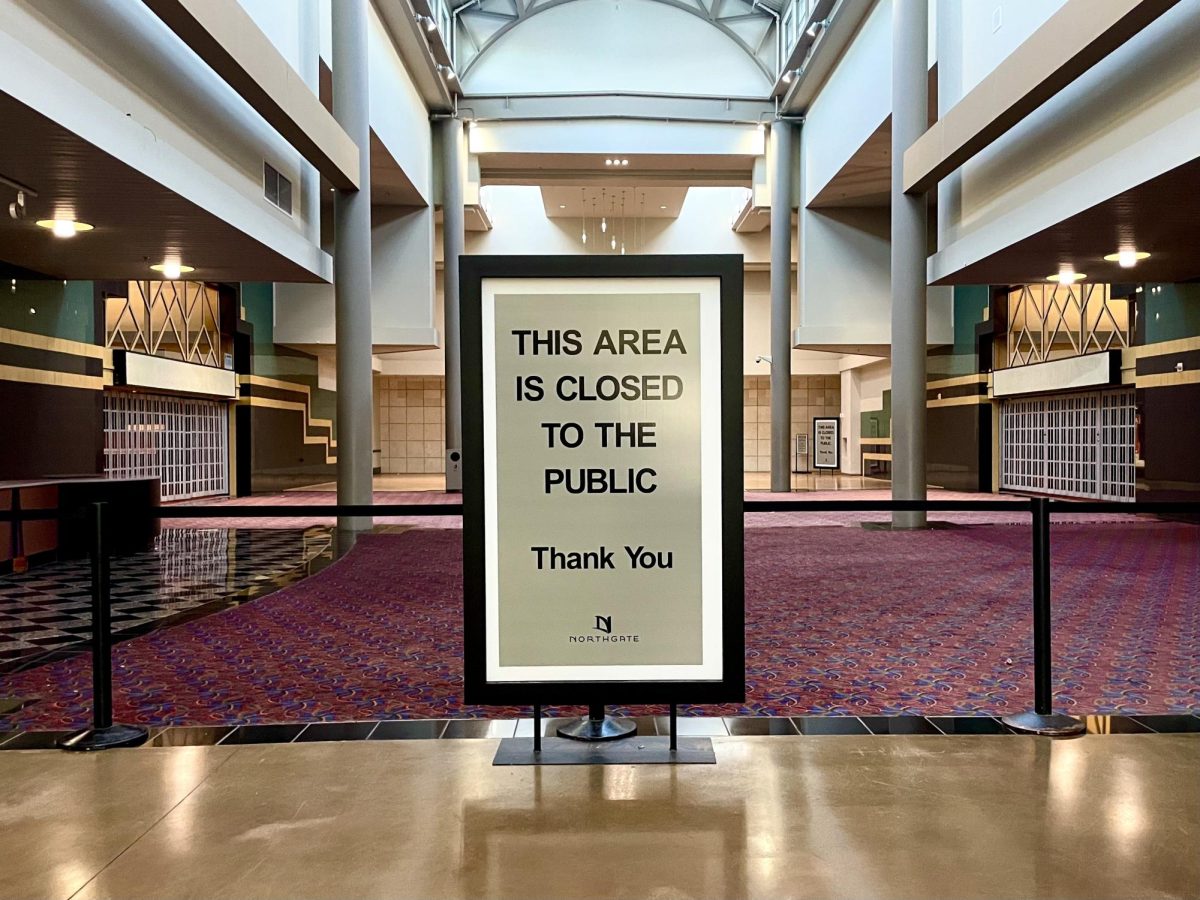After the grand opening of the Marin City Art and Skate Park on Saturday, Oct. 25, the park was quickly closed due to liability issues.
With a lock and chain on the gate, the park will remain closed until it gains approval from the government, resolving who is liable if someone gets hurt on the property.
Although the park is located on unused tennis courts, owned by the Marin Housing Authority, the Marin Community Service District will oversee the park’s maintenance.
According to the general manager of the community service district, Jonathan Logan, the park aims to keep the local youths out of the streets and engaged in healthy activities.
“There is a great value to having a park like this in the community that the kids can utilize,” Logan said in an interview with the Marin IJ. “We are into providing healthy opportunities for the kids here. This will provide health benefits.”
The month-long project began at the end of September and received around $10,000 from Proof Lab, half the amount needed to fund the park. The remaining $5,000 was raised quickly on Kickstarter, a crowdfunding platform, with the help of 86 donors.
Built out of donated wood from Oakland’s town park, the skate area contains a vert wall, two quarter pipes, a pyramid box, a rainbow rail, a large bank and a pole jam. A thin layer of durable wood called Skatelite was layered over the ramps to protect them from wear for five to ten years.

Jeremy Tuffli, owner of Tuffli Rampworks, designed and built the park with the help of pro skater, Matt Field.
When the park was still open, many Redwood students prefered skating there to other skateparks.
“It offers more advanced obstacles to practice skating on as compared to those of the Corte Madera and Mill Valley skate parks,” said frequent skater Karl Tietze.
Because of the advanced skating options, many people have ignored the “no skating” sign and hopped the fence.
According to senior Ben Jackson, the lightly enforced sign was not enough to stop him and other people from skating.
“I have jumped the fence every time I have gone there. It wasn’t very heavily regulated and it didn’t seem like I was hurting anyone by jumping the fence. There really just didn’t seem like a point not to go just because it was locked,” Jackson said.
The city has set wooden blocks on the ramps to prevent kids from jumping the fence and injuring themselves. These blocks will remain until the park can gain approval.





